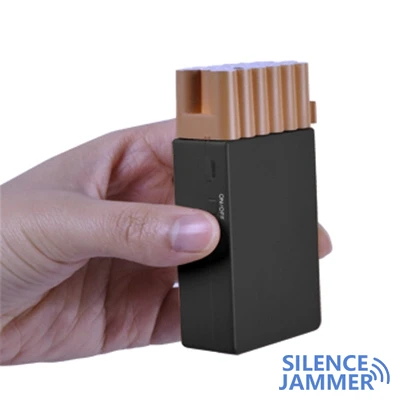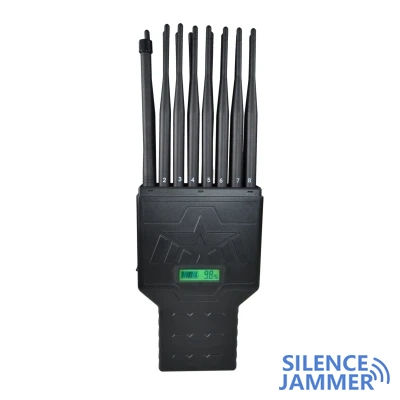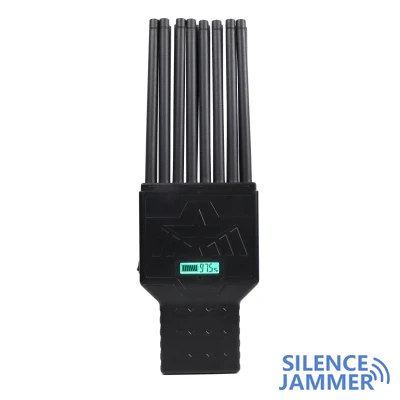Outdated 2G jammer devices cannot block modern communication technology
- Despite the continuous upgrading of global communication technology, the Orissa prison system still relies on outdated 2G signal jammer devices to block prisoners' illegal communications. This problem was disclosed in detail in the latest report submitted by the Indian Auditor General (CAG) to the Orissa Assembly recently. The report pointed out that these jammer blockers cannot effectively block more advanced 3G and 4G signals, resulting in serious communication security loopholes in prisons.
- As early as 2008-2009, the Ministry of Home Affairs approved the installation of mobile phone signal jammers in five prisons, and the deployment was completed between September 2011 and January 2012, with a total cost of 28.9 million rupees. However, despite the availability of 3G blocker jammers on the market at the time, the prison department still chose 2G equipment during the procurement process. The Indian Auditor General's report criticized the deputy director of prisons for failing to select more advanced signal blockers in line with technological trends, resulting in the ineffectiveness of the shielding systems in five prisons and a waste of up to 39.1 million rupees of public funds.

Security facilities are outdated and prison management needs to be upgraded urgently
- The report shows that in the context of rapid technological development, the security facilities in Odisha prisons are seriously outdated. In May 2017, the CAG team conducted field inspections in two prisons in Balasore and Sambalpur and found that the existing 2G signal jammers could not block 3G and 4G signals at all, which meant that prisoners still had the opportunity to communicate illegally through modern smartphones. The audit report further pointed out that between 2014 and 2017, 21 prisoners had successfully escaped due to insufficient security, which exposed loopholes in the prison management system.
- Not only is the communication equipment aging, but other security equipment in Odisha prisons also has serious problems. The Auditor General's report mentioned that in 11 prisons, 96 of the 234 rifles were no longer usable. In addition, in five prisons, there was not even any weapons and ammunition, which made the prisons unable to handle emergencies. To make matters worse, the prison department had purchased 873 walkie-talkies at a total cost of Rs 5.974 million, but 257 of them were found to be unusable upon receipt, further exacerbating the management difficulties.

Metal detectors are useless, prison security loopholes are exacerbated
- The report also revealed serious problems with door frame metal detectors. The prison authorities installed these detectors at the entrances of five prisons in February 2012 at a total cost of Rs 2.52 million. However, since February 2014, these devices have not been working properly, resulting in the frequent influx of prohibited items into the prisons, increasing the security risks inside the prisons. CAG pointed out that these ineffective detectors directly threaten the daily security management of the prisons. The audit report pointed out that between 2014 and 2017, due to inadequate security facilities, 21 prisoner escapes occurred in Odisha prisons, exposing management loopholes.
Urgent need to improve prison management
The prison system in Odisha faces many challenges: old communication signal jammer blockers cannot cope with modern technology, and the maintenance and update of security equipment lag behind. These problems not only affect the daily management of prisons, but also threaten the overall security of society. Therefore, the Odisha government urgently needs to take measures to strengthen the upgrade and management of prison equipment and ensure security and stability inside and outside the prison.
By introducing more advanced 3G and 4G jamming technology, as well as repairing and updating security facilities, Odisha prisons are expected to reduce jailbreaks and internal criminal activities in the future.




